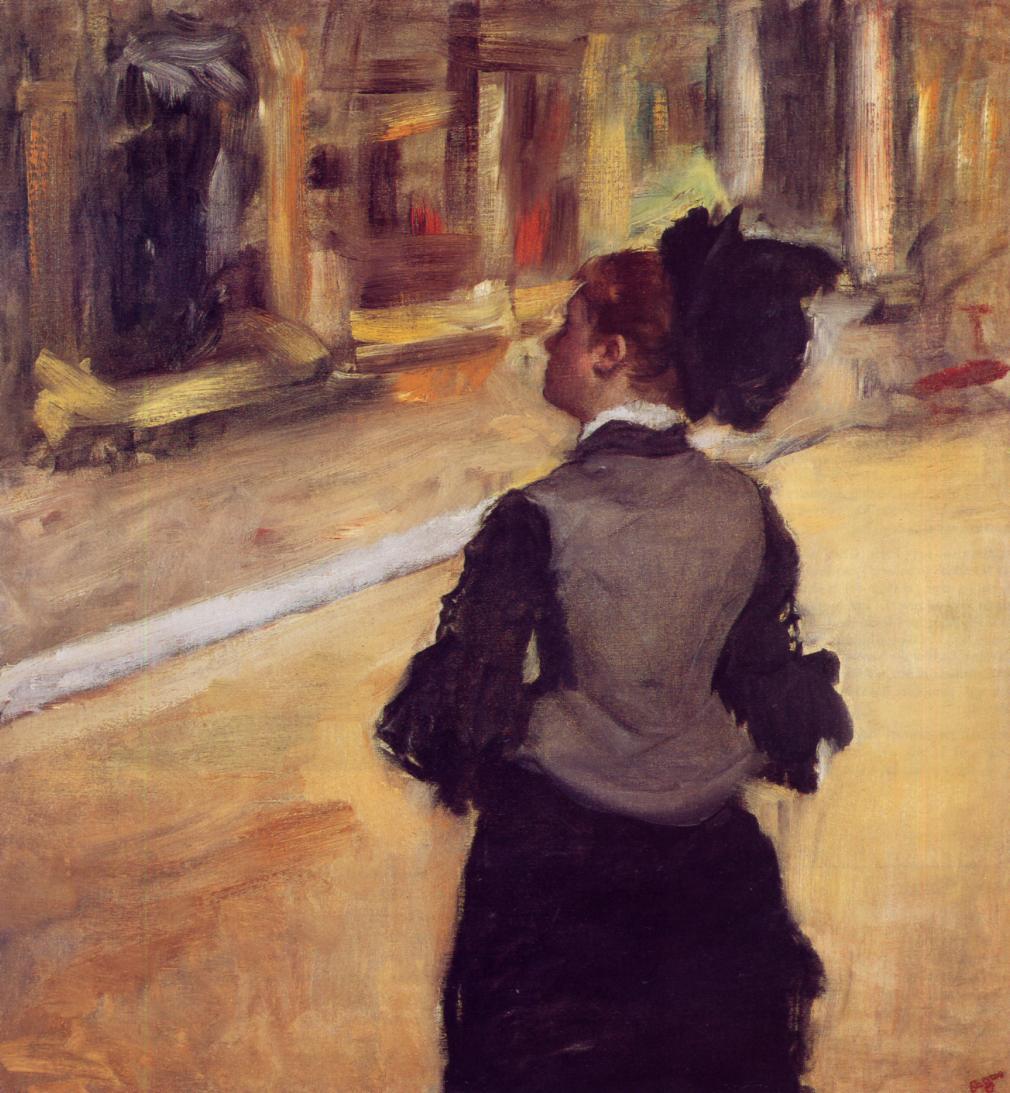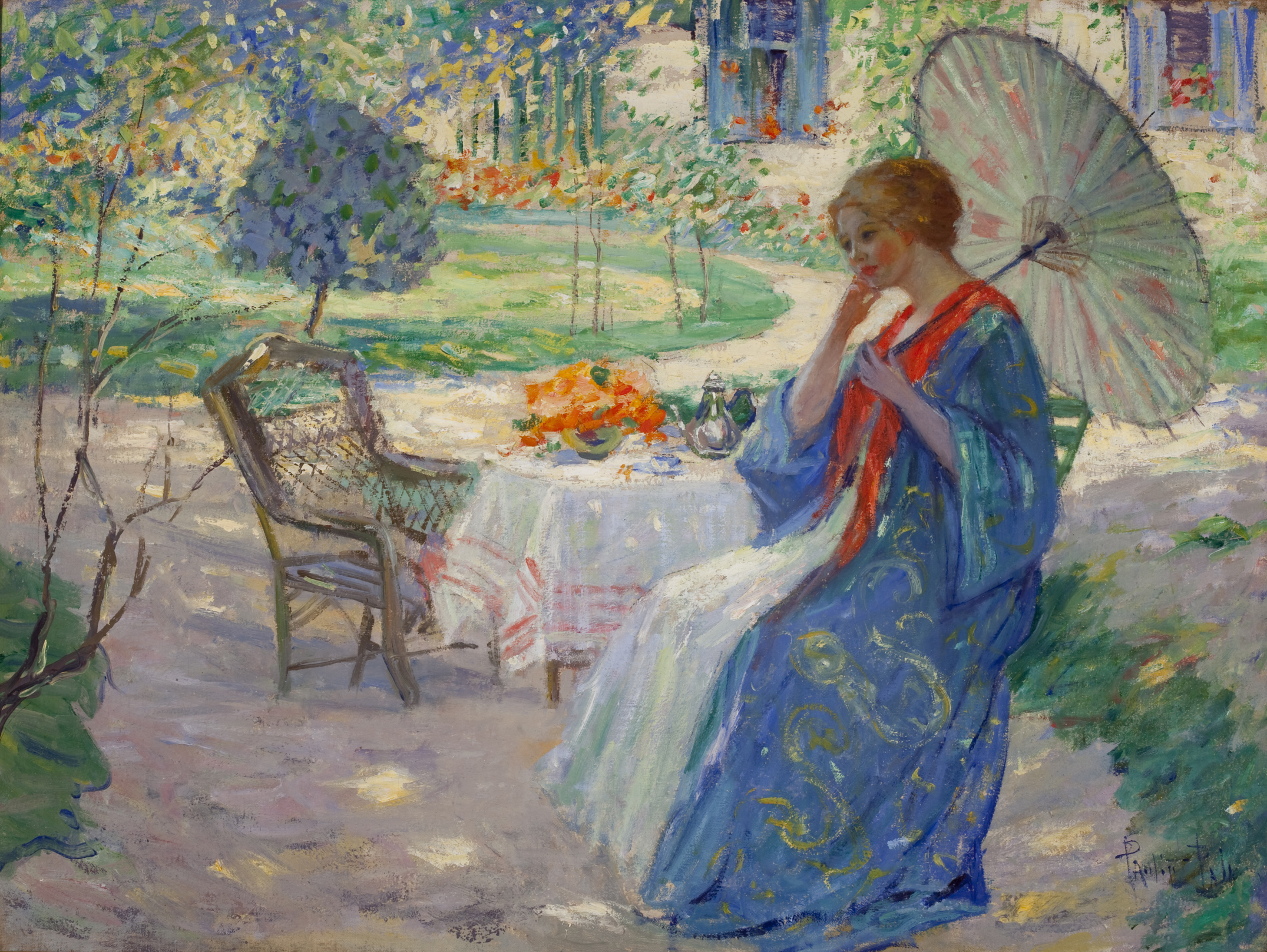Nel 1870, Edgar Degas indirizzò questa lettera - pubblicata sul quotidiano Paris-journal - alla giuria del Salon, in cui delineava proposte radicali per eliminare l'affollata sospensione di quadri dal pavimento al soffitto del Salon.
"Ai signori giurati del Salon del 1870,
suvvia, signori della giuria, non scoraggiatevi. Non avete ancora finito. Eccovi dunque padroni di organizzare un’esposizione. Si dice che siate molto imbarazzati. Dio sia lodato! L’amministrazione lo era ancor di più e da molto più tempo.
Eppure ha continuato. C’è una cosa a cui ogni espositore ha indiscutibilmente diritto e di cui non si è mai parlato nei progetti scritti e nei conciliaboli: una collocazione di suo gradimento. Questo già accade nell'industria. Un calzolaio, nel piccolo spazio che ottiene, espone la propria merce come vuole. Un pittore no.
Non è lo spazio che manca: si può montare e smontare questo palazzo costruito in ferro e sottili tramezzi, come un teatro. Di soldi, ne servono pochi per una festa così semplice, e le entrate ci sono. Il vostro tempo, la vostra attenzione, e un po’ del vostro senso del dovere, signori, ecco quel che occorre.
Cochin, l’incisore, fu sovente, nel secolo scorso, l’arazziere delle esposizioni. Diderot gli diede questo nome, che, a quanto pare, è andato perduto. Riprendetelo.
Ho l’impressione che l’organizzazione del Salon richieda qualche cambiamento. In tutta coscienza, voi potreste farlo. Un paio di voi, una volta decisa la cosa, verrebbero delegati al controllo.








